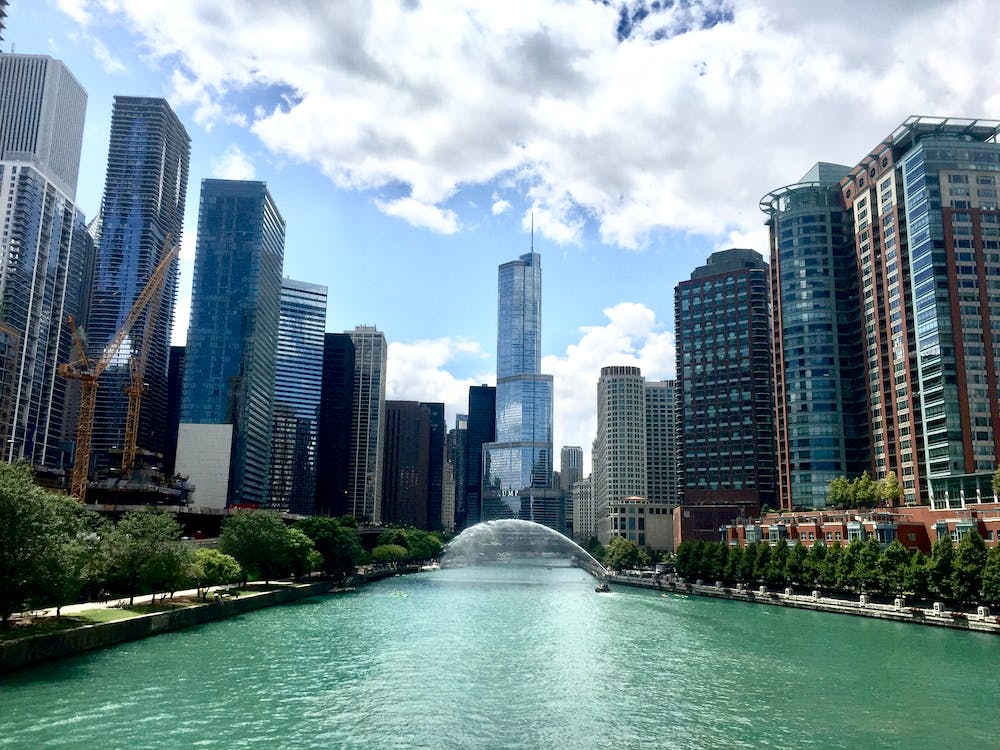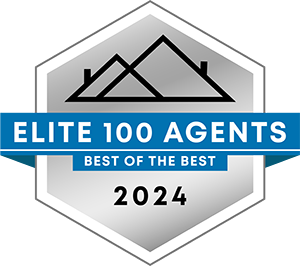
The Crucial Interrogations that Could Shape the Commercial Real Estate Market and Cities’ Net-Zero Objectives
Experts are raising concerns about the possibility of a looming crisis in the commercial real estate market, often referred to as a “perfect storm.” The convergence of rising interest rates and increasing vacancy rates in downtown office spaces could potentially result in a widespread economic crisis. The fate of the entire market and the success of cities’ efforts to decarbonize their built environment hinge on how developers, property owners, and regulators respond to this brewing predicament.
The commercial real estate sector is on the verge of facing significant challenges due to higher interest rates. In the next four years alone, over $2.5 trillion in commercial real estate loans will be up for refinancing, and there is growing concern about property owners being unable to secure refinancing at the prevailing higher interest rates. Regional banks are already tightening lending standards due to weaker demand. Furthermore, the increase in remote work has led to a surge in vacant office spaces, resulting in diminished property value and reduced revenue for owners.
Despite the impending crisis, there is an opportunity to build a better future if developers, building owners, and regulators take immediate action towards a greener, low-carbon trajectory. Many building owners are already subject to new regulations aimed at mitigating climate change, which often require costly renovations to meet the updated environmental standards. This is the opportune moment for owners to invest in low-carbon upgrades that can unlock new funding opportunities and attract environmentally-conscious tenants, thereby altering the cost-benefit analysis for older buildings.
However, experts caution that the combination of expensive green upgrades and dwindling property valuations may lead to a situation where certain buildings become stranded or unviable, commonly referred to as “zombie buildings.” These buildings are unappealing to potential tenants and face penalties for not meeting environmental targets, yet the cost of renovating to comply with the new standards proves prohibitive. Regulators could play a vital role by introducing additional funding resources for upgrades and adjusting rules that promote cost-effective renovation of older buildings, thereby benefiting both the environment and the real estate industry.
What is the level of ease and cost-effectiveness associated with the conversion of office buildings into housing?
Amidst the pressing housing crisis faced today, the existence of vacant office buildings presents an opportunity for multifaceted problem-solving. By streamlining office conversions through regulatory adjustments, subsidies, tax incentives, and other means, numerous issues can be addressed simultaneously. Not only would building owners be able to generate revenue by repurposing unused space, but the conversion of offices can also contribute to the reduction of carbon footprints by attracting more individuals to walkable city centers.
New York State Governor Kathy Hochul, recognizing the significance of office conversions, has included regulatory reforms in her proposed housing initiatives—a move that should inspire other cities and states to follow suit. Our company has conducted a comprehensive analysis on behalf of NAIOP, the industry association for commercial real estate developers. In this article, we present a detailed rationale that developers can employ to support an additional $25 per square foot for office conversions. By repurposing existing buildings instead of demolishing them, future carbon emissions are also minimized—an aspect that should be factored into higher carbon valuations established by the Inflation Reduction Act and other relevant legislations.
How many state and local governments have granted authorization for C-PACE financing?
C-PACE financing, short for “commercial property assessed green energy” financing, is a program that can be administered by state or local governments or by private lenders. Its fundamental purpose is to enable building owners to secure full financing for approved projects, encompassing energy-efficiency upgrades, renewable energy initiatives, and resiliency projects such as storm or earthquake preparedness. Unlike typical commercial real estate loans, C-PACE offers longer-term financing options, often eliminating the need for upfront payments, and repayment is facilitated through a tax assessment. Currently, 37 states and the District of Columbia have authorized the use of C-PACE financing. Maximizing the reach of these programs across multiple cities has the potential to assist building owners in funding essential green upgrades, thereby enhancing the commercial viability of their properties for a net-zero future.
Strategies for Repurposing Vacant Office Buildings in Urban Areas.
Commercial real estate extends beyond downtown office buildings, encompassing various suburban settings. The scope of this category includes shopping malls, grocery stores, labs, doctors’ offices, storage facilities, manufacturing units, data centers, hospitals, restaurants, and more.
However, it’s important to note that not all downtown office buildings are suitable for residential conversions. Some office buildings may face challenges such as high upgrade costs, reduced attractiveness as offices, and penalties for not meeting green goals. Therefore, downtown stakeholders must explore creative solutions to repurpose these buildings while maintaining the energy-efficient core of the city. Addressing this concern is crucial to avoid the “doom loop” scenario.
Cities aim to avoid the existence of “zombie” buildings, which occur when owners are unable to refinance their loans or decide to relinquish financially burdensome properties. Downtown stakeholders can collaborate to repurpose these buildings for other purposes that contribute to a thriving downtown community. Incorporating public libraries, DMVs, schools, community centers, or places of worship within high-rises can be a viable option.
Carbon avoidance stands as a crucial strategy to combat emissions, and retrofitting older buildings can significantly improve their operational carbon footprint. Reusing these buildings proves beneficial not only for thriving downtowns but also for achieving carbon reduction goals. For buildings caught in limbo, regulators may provide attractive market-exit pathways for developers to sell the properties for community reuse. Additionally, further subsidies or incentives for green retrofits can facilitate the adaptation of these buildings for a low-carbon future. While this suggestion serves as one of many, the overarching need to incentivize the reuse of these buildings remains clear. This approach ensures the preservation of our vibrant downtown cores and the fulfillment of our climate objectives.










